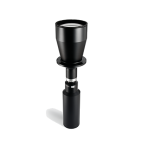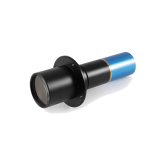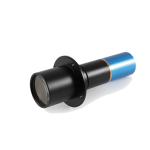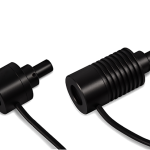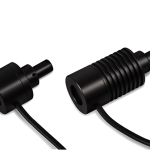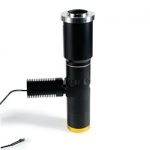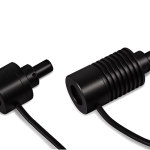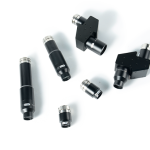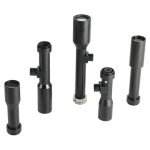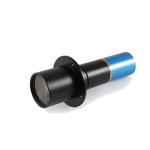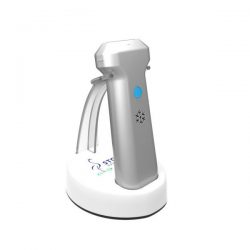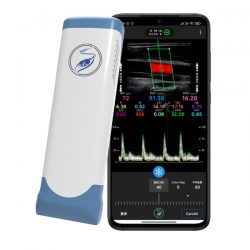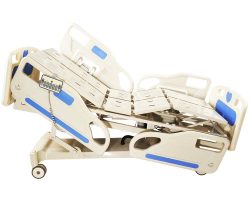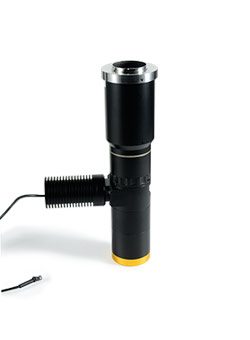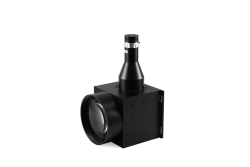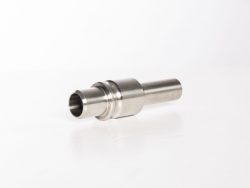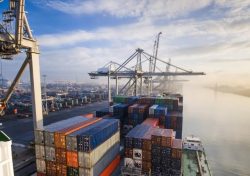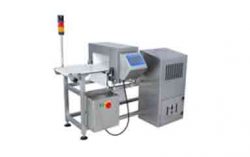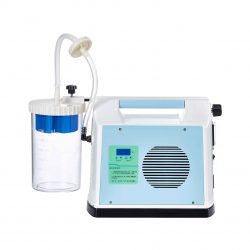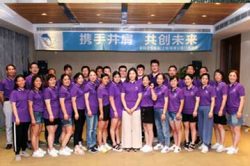Merits and Limitations of Industrial Machine Vision Technology in Manufacturing
Industrial machine vision is the most effective way to realize smart and automated manufacturing. It has been regarded as the Machine Eyes of modern industry. It can realize non-contact measurement, defect what’s human eyes can not see, and work 7*24 hours even in a bad working environment.
However, Machine vision whole systems require investment in equipment and engineers, while most medium-size companies are with a small profit. So it is hard to apply widely. In addition, machine systems are not so flexible as humans. They can only defect as the system’s command while missing very obvious defects.
Ⅰ. Industrial Vision Technology
Machine vision is a technique and method for providing an image-based automatic detection and analysis, which is generally used in industrial application scenarios such as automatic detection, process control, and robot guidance.
Industrial vision technology systems require greater robustness, reliability, and stability than other visual systems, and often cost lower than those for government / military applications. Thus, industrial machine vision means cost-efficient, acceptable accuracy, high robustness, high reliability, high mechanical and temperature stability.
Ⅱ. Components Of Machine Vision Syste
The main components of a telecentric lens machine vision system include lighting, lenses, image sensors, visual processing, and communications. The partial inspection by the lighting’s illumination allows its features to be highlighted, so they can see the camera’s lens clearly. It captures the image and presents it to the sensor in the form of light. The sensor converts light into digital images in a machine vision camera and then sends it to the processor for analysis.
Ⅲ. Advantages of Indsutrial Machine Vision Application In Manufacturing
The computer vision system has the ability to watch and explain, and it can automatically complete multiple tasks without manual intervention. Therefore, business users can enjoy the following benefits:
1. A faster and simpler process
The machine vision system can perform monotonous and repetitive tasks at a faster speed, making the whole process simpler.
2. Accurate results
The machine never makes mistakes. Similarly, unlike humans, machine vision systems with image processing capabilities can’t make mistakes. Ultimately, the products or services provided are not only fast, but also of high quality.
3. Cost reduction
As the machine assumes the responsibility of performing tedious tasks, errors will be minimized, leaving no room for defective products or services. Therefore, the company can save a lot of money, otherwise, the money will be spent on repairing defective processes and products.
No technology is perfect. The same principle applies to industrial machine vision technology. Despite the current limitations of computer vision systems, it can provide companies with huge opportunities to increase revenue sources, achieve productivity goals, and simplify work processes.
Ⅳ. Limitations of Industrial Machine Vision Application In Manufacturing
1. Constrained by the ambient light source
Different light sources will cause different imaging quality and effects, directly interfere with the detection of the detection algorithm, and may cause misjudgment of the product; a single visual guidance technology cannot guarantee the accuracy of obstacle detection in the path, and the decision-making control layer often needs to integrate multiple sensors Information collected.
2. Restricted by the performance of hardware equipment
The camera’s lens distortion correction, calibration differences, and limited viewing angle range; installation conditions and site restrictions, and requirements for sensor fusion schemes; the dark current of each pixel is different, and the response to photons is inconsistent, which will cause spatial and pattern noise in the camera; the limitation of parameter setting of CCD line scan camera lens.
3. Restricted by computing resources on the end
The large-scale and complex model architecture of industrial products needs to rely on powerful computing capabilities. When the memory on the device terminal is difficult to meet, it needs to use the model cloud offline training and then deploy to the device terminal; image data transmission still needs to adjust and optimize the model parameters for specific task targets, which will generate additional engineering overhead, and the real-time performance is poor.
4. Restricted by the diversity of detection objects
There are many kinds of defects on the surface of the object, the mechanism of defect generation is unknown, and the description of the defect is insufficient; it is difficult for the machine vision system to extract features from the data.
5. Restricted by cost and benefit economy
The development of the core components of machine vision system such as vision sensors and the underlying vision software requires a large investment cost.



